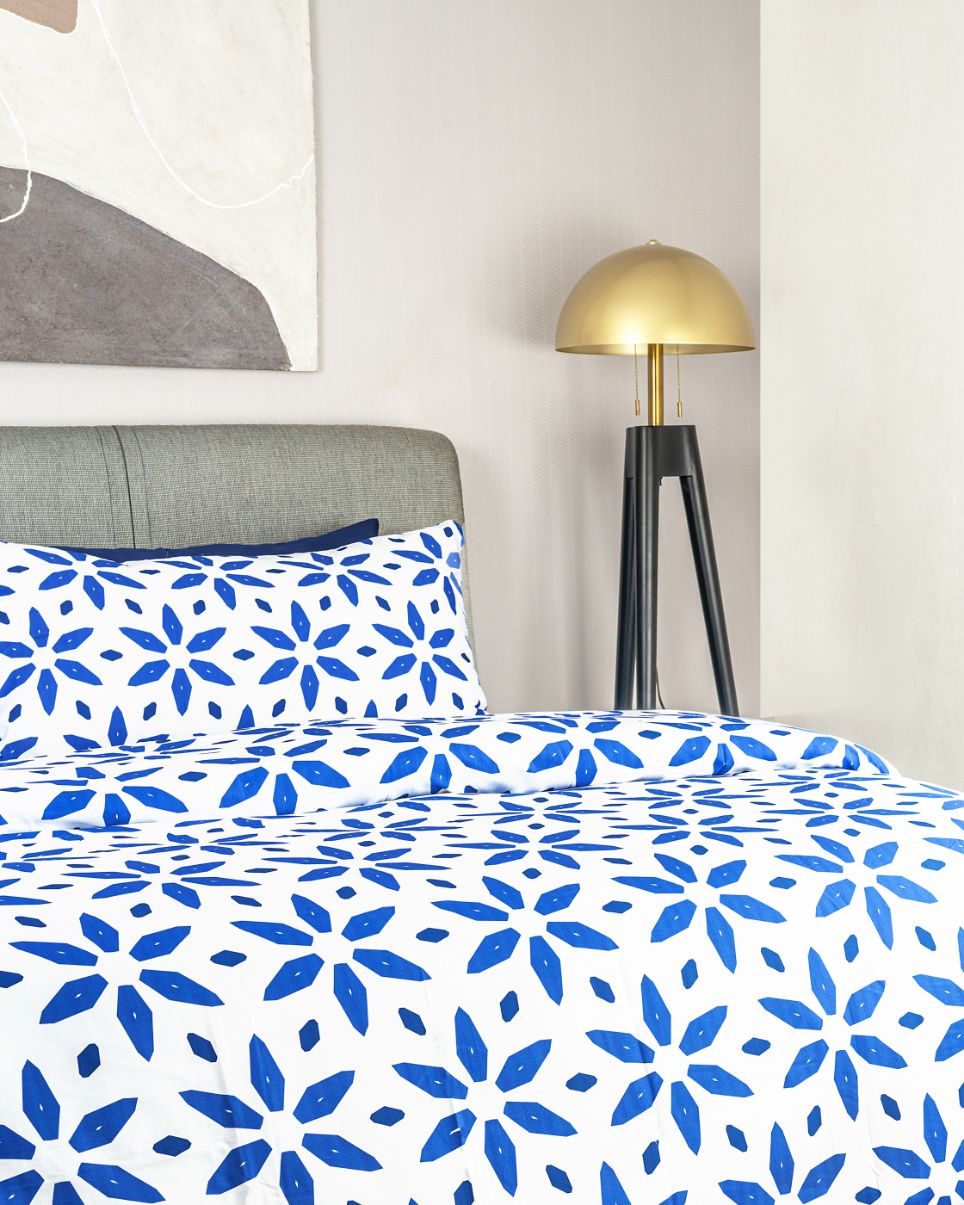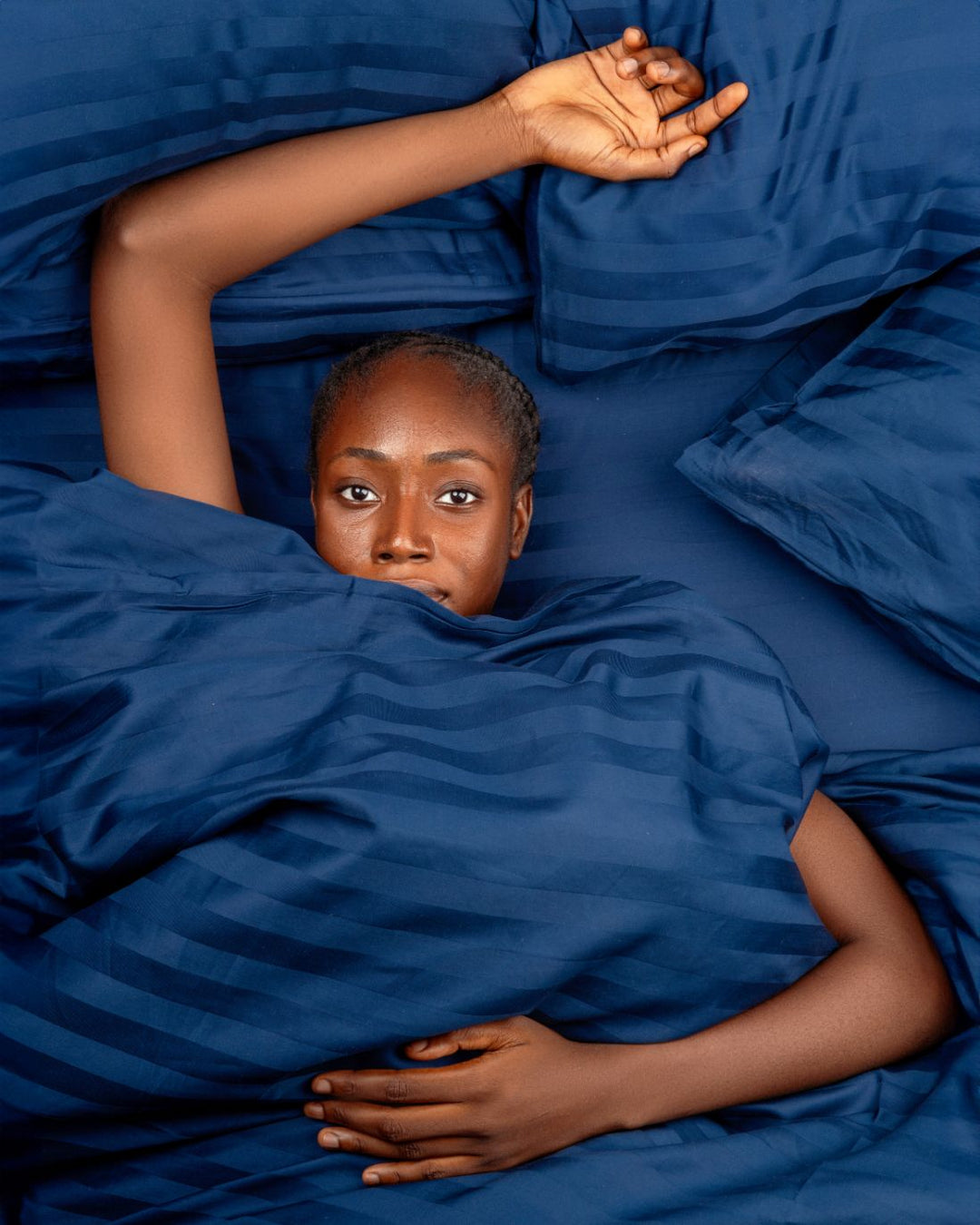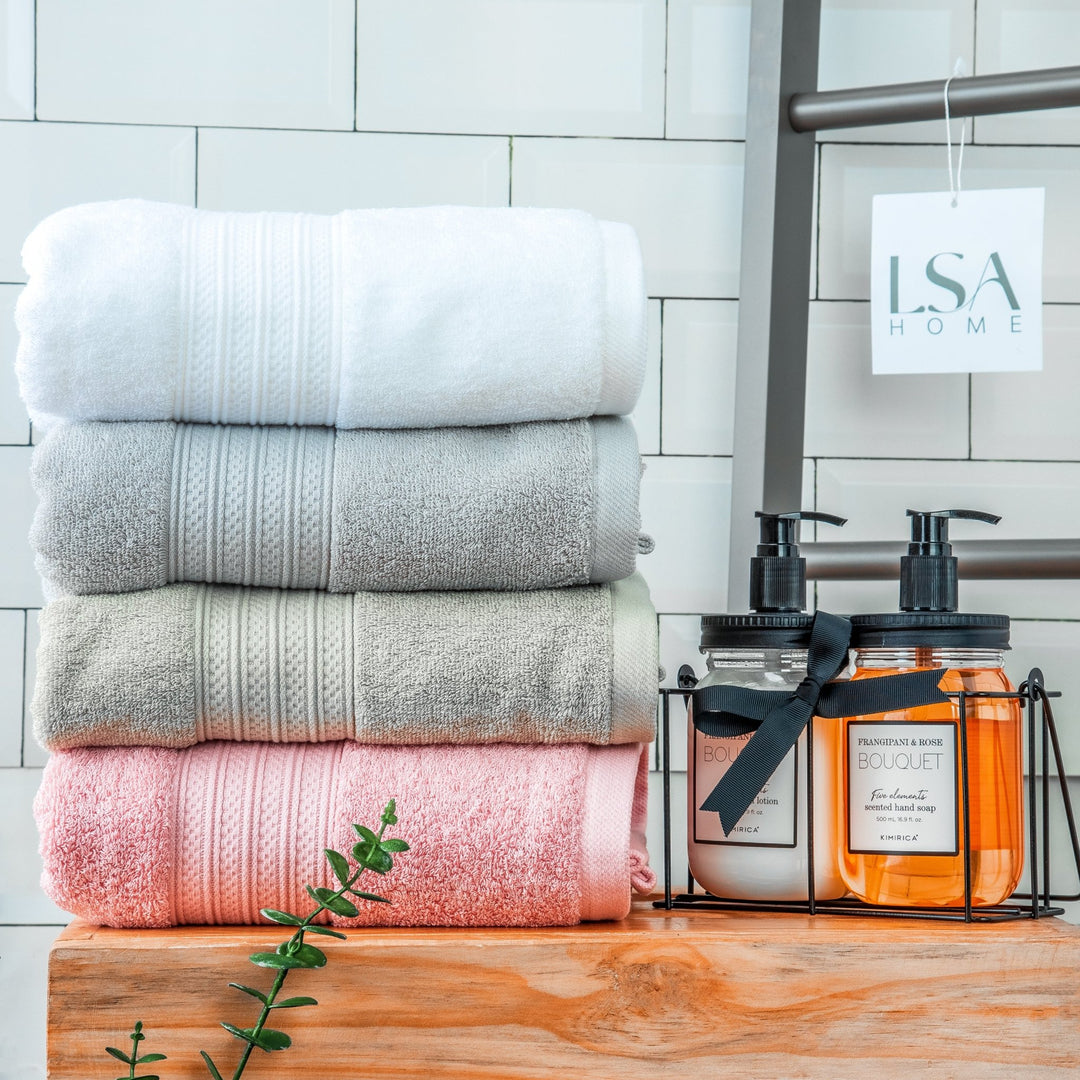So you are done choosing your preferred sheets and now it’s time to decide what you are going to use to keep you cozy at night or to layer your bed. You are presented with three options - duvets, comforters or quilts?
It might be easier to differentiate quilts from the rest due to their distinctive quilted top while differentiating between comforters and duvets might be a little confusing mostly because some bedding companies use them interchangeably while some users refer to the duvet covers as duvet and use a comforter as the duvet insert.
How to differentiate:
Duvet
Duvet also sometimes called “duvet insert” is a bedding filled with down, hollow fibre or wool. Duvets are often constructed with baffle box construction - a method in which the shell is sewn in boxes called pockets and each pocket is stuffed with a uniform amount of filling. This method ensures that filling is uniform on the duvet and doesn’t clump together.
Because duvets tend to be bulky which make them cumbersome to launder, it’s always advised to get duvet covers which protect the duvet and beautify your bed (as they come in an array of patterns and colors).
Comforter
A comforter is a thick blanket usually quilted to keep the filling - down or substitutes in place. Although comforters and quilts are both quilted, the pattern on the latter is usually more intricate while comforters are usually quilted in simple squares.
A comforter can also be used as a duvet insert so you can use a duvet cover on it. However, most comforters are sold as a bedding set (called comforter set) which contain matching sheets so they can come in a number of colors.
Quilt
Quilts are three-layer bedding covers that consist of a top, batting layer and woven back. Years ago, quilting was something of an artistic endeavor with people hand stitching different colorful pieces of fabric to make one quilt; the stitching of different fabrics could also form a picture. However, modern quilts are not this elaborate or colorful and the patterns are made with sewing machines.
The batting layer is what keeps you warm - the filling - and could be made with cotton or polyester. Unlike comforters and duvets, quilts are typically lightweight.
Comforter |
Duvet |
Quilt |
|
Thickness |
Thick but less thick than a duvet |
Very thick |
Lightweight |
Quilting |
Usually quilted or made with baffle box construction |
Sometimes made with baffle box construction |
Always quilted |
Covers |
Comforters usually come out of the bag ready to use. Can also be used with duvet covers |
Could be sold with a cover or bought separately |
Usually come out of the bag ready to use. Some may require covers |
Color |
Available in a variety of colors |
Usually white |
Available in a variety of colors |
Matching sheets |
Mostly sold as a comforter set with matching sheets. |
Duvet insert is sold separately while duvet cover can be sold as a set |
Sold individually |
A few things to note when shopping for a duvet:
- Filling: Duvets are typically made with one of two filling: Down or Fibre filling. Down is the layer of fine feathers embedded near the roots of larger, more rigid birds while Fibre are synthetic and emulates down, made with 100% polyester, so it's hypoallergenic and easy to care for. For those looking for a more affordable option, Fibre it is.
- Warmth/Weight that matches your sleep profile: Fill type is one part of the shopping equation, the second part is fill power. Together, fill type and fill power determines the weight and warmth of a duvet. Fill power is the volume of the filling of a duvet. A lightweight duvet is good for people who sleep warm, while a medium-weight duvet is appropriate for those who sleep cold.
Pro Tip: When buying for a family, know that youngsters tend to sleep warmer, so they need a lighter warmth duvet!
- Ticking/ Thread count: The outer shell of a duvet is typically cotton, and as with cotton sheets, has a thread count that indicates how many threads are contained in a square inch of fabric. While a higher thread count means softer material—making it a major factor in sheet comfort—with duvets, it’s also important because the denser weave does a better job of containing the down.
Overall, choosing the perfect duvet is about your comfort and your needs. Start by figuring out what warmth is best for you, then narrow down your choice by taking into consideration factors like filling, ticking, and thread count.






Leave a comment